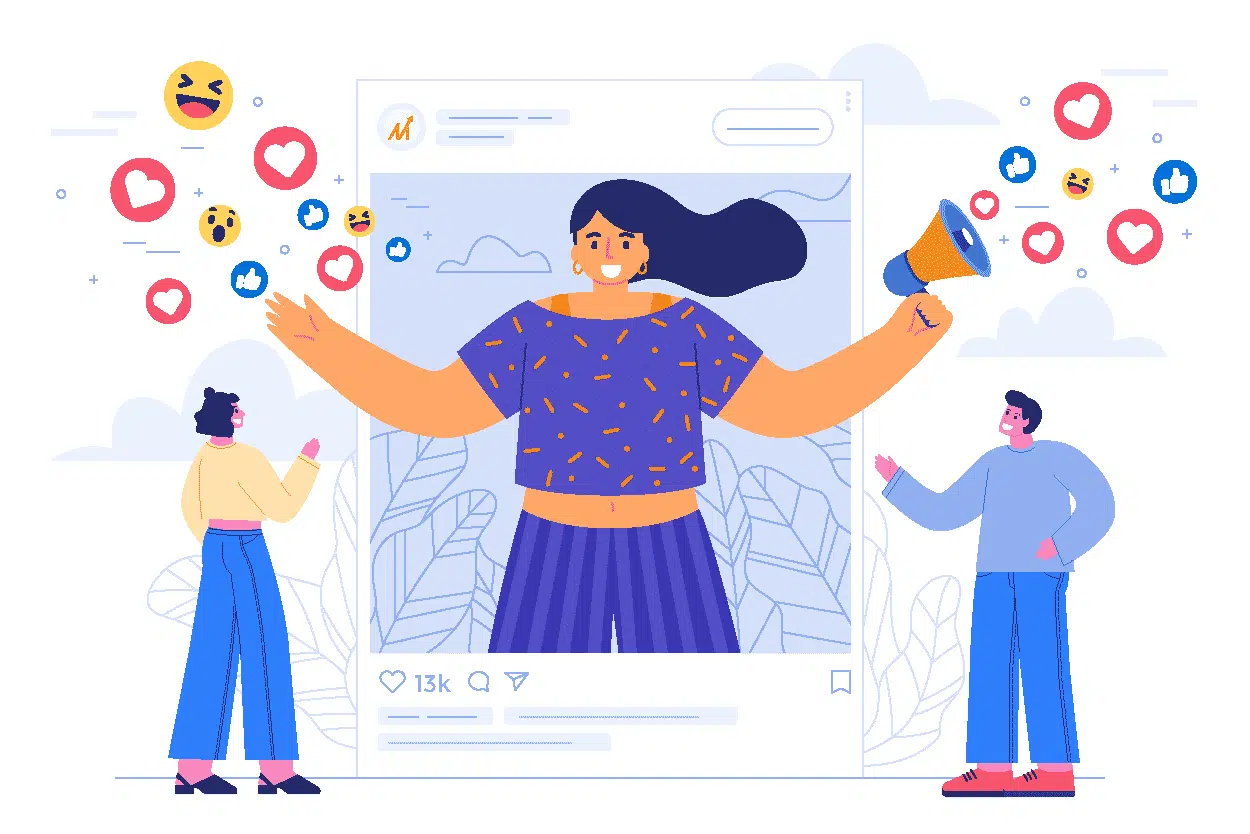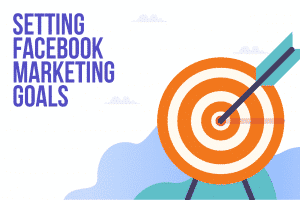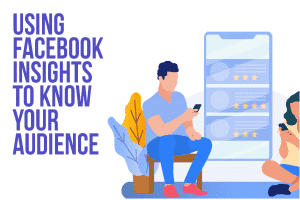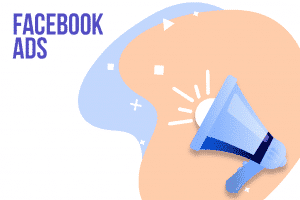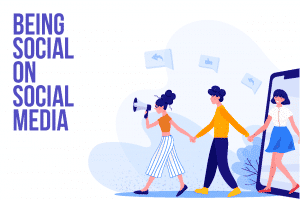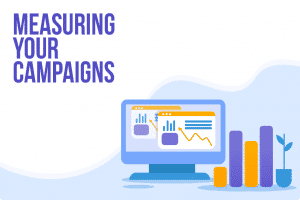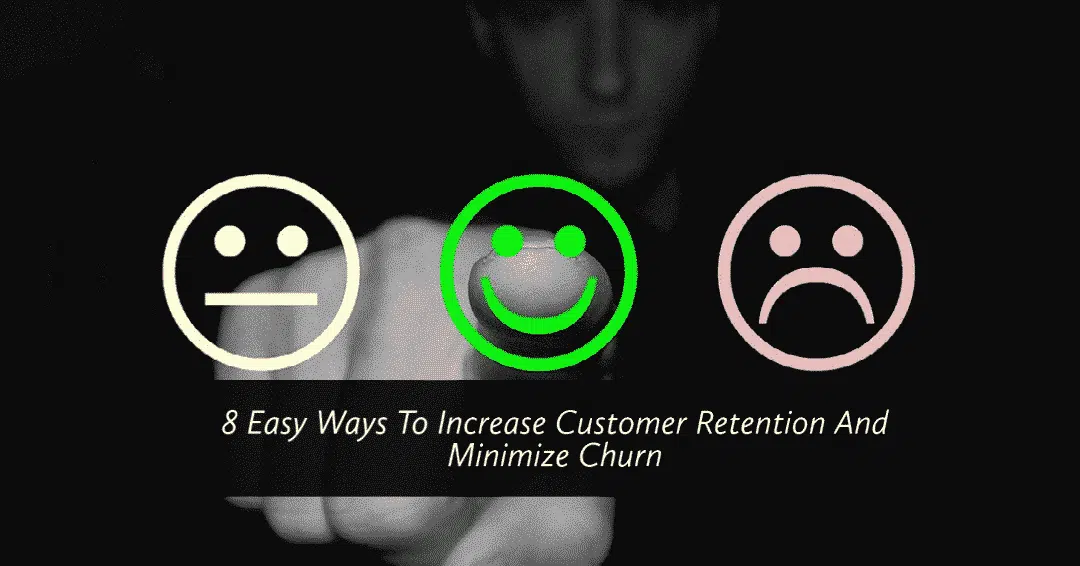Although social media marketers have several platforms to choose from, Facebook is still the most popular. The social media marketing Industry Report 2017 shows that 94% of social marketers are using Facebook. Part of the reason is the number of active users alone. Facebook has 1.13 billion daily active users, and they access the site frequently. A report from Comscore reveals that the average Facebook user checks the platform about 8 times each day. Such a platform is already filled with eyeballs that could be on your business if you have the right strategy to grab their attention.
Besides being a platform with a huge potential audience, users on Facebook are already searching for brands and products on pages. One in five people who like a brand’s page do so to research that business’ product or service. Beyond initial research, a person’s purchase decisions can be influenced by social media as well.
Using a Facebook page, businesses can speak directly to their customers. Businesses can use their page as an educational tool to help users understand their product, or else share company updates, develop their brand identity, and broaden their reach.
Brands are already capitalizing on Facebook’s reach. Facebook has 80 million small- and medium-sized business pages. With this many brands on one platform, it is more important than ever to stand out from the competition and ensure your content is reaching the right audience.
From a study by Clutch, businesses said their biggest challenges with social media included not having enough human and financial resources, building a community of followers, and lacking a formal strategy.
This post will help you create a custom Facebook marketing strategy. In turn, our guide can help you use your resources effectively, and build a large community of followers and potential leads.
What is a Facebook Marketing Strategy?

A Facebook marketing strategy looks at the big picture of how your company will approach Facebook. This includes dedicating time to thinking about research, goals, content strategy, tools, and determining how you will measure success.
When it comes to Facebook marketing, the adage that you have to spend money to make money is true. Facebook is money-motivated, and because organic reach does not yield the best results, you will need to put money behind ads. Once you do that, Facebook will be happy to put your page in front of more people who match your ideal audience requirements.
So how do you make sure you’re putting your money in the right place? Having a solid Facebook marketing strategy will keep your spending focused on ad campaigns that are set up for success. One method is to hire Facebook marketing experts who know how to use a budget to produce your desired results. You can also experiment on your own, so long as you have a plan beforehand and have the proper tools in place to measure your plan. We’ll get into measuring your campaigns later, but first, let’s start at the beginning.
Setting Facebook Marketing Goals
Before getting to work producing content and ads, you must first ask yourself what you want to achieve. Having a goal of more followers is OK, but you’ll have to look deeper into why you want this. What is the direct connection to your business?
When setting up a Facebook campaign, you have multiple options depending on what you ultimately want from your marketing. Some examples are:
- Brand Awareness
- More Sales
- More Community Engagement
- Page Likes
When you pinpoint what you want to achieve from your Facebook marketing strategy, all of your subsequent decisions will be geared toward that goal. There is no ultimate Facebook marketing strategy that works for every business. The key is figuring out your needs and creating a strategy that will produce your desired results.
While thinking about your own goals, take a look at what your competitors are up to on their pages. What strategies and tactics are they using? You can produce something similar to help you achieve your goals.
Above all, make sure your goals are achievable, have a set time frame, and can be measured.
Using Facebook Insights to Know Your Audience
Think of the ideal audience for your business. Think of their characteristics: demographics, interests, where they’re from, and create a persona. These are the people you are targeting with any content or ads you produce.
On average, if you target your ad by a custom audience rather than by category or interest, cost-per-click is 14% lower, and cost-per-conversion is 64%. So it’s better to sweat the little things and be as precise as possible.
Using Facebook insights, you can see the demographics of your existing audience. Click “Insights” at the top of your Facebook page, “People” on the left column, and “Your Fans” to see a breakdown of people who like your page by age, gender, country, city, and language.
Facebook can create what is called a Lookalike audience based on the characteristics of your existing customers. Other options available are targeting people who have visited your website, people who have engaged with your Facebook page, and more.
If you do not yet have a customer list, you can create a custom audience. When in Facebook ads, select saved audience. Fill in the information you determined before and click “Create Audience.” You can then tweak this audience as needed in future campaigns. Facebook has a meter that lets you know if the criteria you have selected is too specific or too broad.
Scheduling Content on Facebook
When should I post my content?
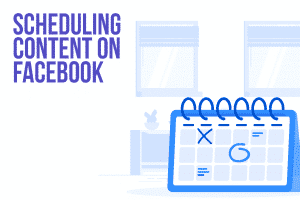
Marketers are often thinking about what time they should post, and how often. The answer is to check your insights! Click Insights at the top of your page, and this time click “Posts” in the left column. The first section shows you when your fans are online. See when your audience is active, and which posts have the best engagement. This is the only way to lock down the best times to post your content, and will likely change throughout the year.
According to a study by Buffer and Buzzsumo, in 2018 the top Facebook pages were publishing an average of four posts per day. But this doesn’t mean that you have to post the same amount. Several studies show the best times to post overall, but this is an average of all Facebook pages. Even filtering pages by industry may still skew the best times to post. Don’t be afraid to experiment until you find the right times and consistency for your business.
What kind of content should I post?
First, think of what your company can create, then what type of posts have been working so far, and finally, see what’s working for competitors as well. This should help guide you to a few types of posts: photos, videos, links, text-only, and more.
Most strategies include a mixture of posts. It’s worth noting that Facebook posts from brands that include images earn 87% of all engagements. And people are 85% more likely to buy a product after viewing a product video. Keep these statistics in mind when deciding what kind of content you want to share on your page.
Once you’ve determined what and when you’re going to post, you should have a structure that encompasses your strategy. The best way to manage your Facebook posting schedule is with a calendar. This allows you to see all of the components at once. You can structure your content by having columns for the copy, image or video link, URL if there is one, and when it should be published.
A content strategy is important for your overall Facebook marketing strategy, particularly if your goals are brand awareness and reach.
Facebook Ads
Are Facebook ads worth the money?
More than 50% of businesses say “Yes.” A Clutch survey found that businesses say that social media positively influences their sales and revenue.
Over 2 billion people can be reached through Facebook ads. Businesses are already capitalizing on this audience too. There are around 3 million advertisers on Facebook.
It may also be in your best financial interest to use Facebook ads. As mentioned earlier, targeting Facebook ads by custom audiences results in lower CPCs.
Facebook ads do have certain limitations. You can only use 90 characters in your description. Images must adhere to strict guidelines, and cannot contain more than 20% text. This may be a little tricky to navigate, but there are social media image cheat sheets that can help. Check out our infographic for the correct social media image sizes on Facebook and other platforms.
Being Social on Social Media
There’s more to having a large following than bragging rights. A large following makes your brand reputable and boosts brand awareness. Your company appears more trustworthy to potential customers searching for your product or service.
Once you have a large following, the way to keep them is to nurture your customers. Facebook comments from angry customers can prove to be great customer service opportunities. Leaving customers with a positive interaction with your brand encourages them to recommend your product or service. Customers are following your page because they want to interact with you.
Having a page full of unanswered angry questions sends a red flag to potential customers. If you answer each one, even the negative comments, others who have a similar sentiment will be able to find an answer that puts you in the best light. Even liking a comment so the customer feels acknowledge is better than being ignored.
Also, try to make it a point to monitor your Facebook page every day. That way you can catch mistakes, typos, or posts that didn’t upload correctly before too many see.
Facebook wants to keep people on their site as long as possible. If you show them that you’re active on your page and that others are engaging with your content, Facebook will share your content and ads to more people. You can reach more users, driving more traffic, and increasing sales. All from the simple act of responding to comments on your page.
Measuring Your Campaigns
Creating a strategy and executing it isn’t enough. You need to measure the performance of your posts and adjust your approach according to results over time.
When measuring the success of your campaigns, match the metric to the goals you laid out in the beginning. For example, if you wanted to generate leads, you would then count the number of clicks, sign-ups, and conversions.
How do I optimize my content?
One strategy is A/B split testing. You can compare small variations of your current strategy to see which aspects work best. A/B testing allows you to track which days and times are best or posts, what content gets more engagement from your audience, which ads are effective, and more.
Continuous testing is essential but can be a time commitment. You can get help from marketing experts like Markovate to help you optimize your ads, run the tests, and make the necessary changes.
Test out your strategy for a month and check your ROI. If it produces the results you want, keep expanding on your current strategy. If some metrics aren’t quite where you want them, go back and try a different strategy.
Get the Most Out of Your Facebook Marketing Strategy
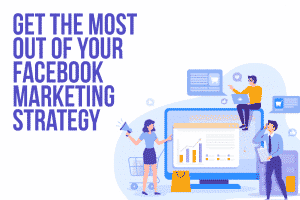
Having a Facebook marketing strategy gives you the confidence that you are spending your resources wisely.
By setting measurable goals, knowing your audience, scheduling content, and continuously testing your strategy, you will get the most out of your Facebook campaigns.
If you have any other questions about setting up a Facebook Marketing strategy or need ideas on how to improve it, contact us today. We can help build a custom Facebook marketing strategy for your business.

